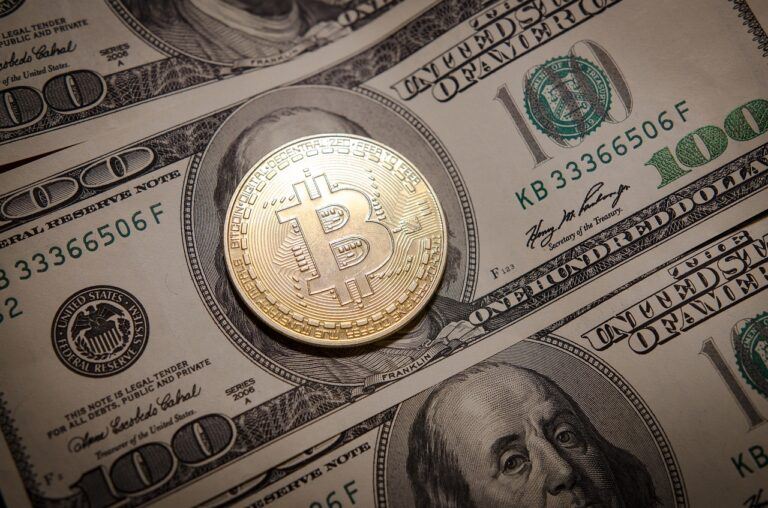On Monday (September 26), Michael Saylor, Co-Founder and Executive Chairman of business intelligence software company MicroStrategy Inc. (NASDAQ: MSTR), commented on how several major fiat currencies have performed in the past year.
It is worth remembering that on 11 August 2020, MicroStrategy announced via a press release that it had “purchased 21,454 bitcoins at an aggregate purchase price of $250 million” to use as a “primary treasury reserve asset.”
Saylor said at the time:
“Our decision to invest in Bitcoin at this time was driven in part by a confluence of macro factors affecting the economic and business landscape that we believe is creating long-term risks for our corporate treasury program ― risks that should be addressed proactively.“
Since then MicroStrategy has continued to accumulate Bitcoin and its former CEO has become one of Bitcoin’s most vocal advocates. MicroStrategy’s latest $BTC purchase, which Saylor tweeted about on September 20, means that the firm is now HODLing around 130,000 bitcoins, which were “acquired for ~$3.98 billion at an average price of ~$30,639 per bitcoin.”
Wikipedia says the U.S. Dollar Index” (DXY)—designed, maintained, and published by ICE (Intercontinental Exchange, Inc.)—is an index (or measure) of the value of the United States dollar relative to a basket of foreign currencies. These other currencies are EUR, GBP, JPY, CAD, SEK, and CHF.
Per data by MarketWatch, over the past seven-day period, DXY has gone from 110.20 to 113.84, which is an increase of 3.3%. On September 25, DXY hit 114.51, which is the highest it had been since April 2002.

The reasons for the steady increase in DXY throughout this year are the Federal Reserve’s hawkish stance on U.S. inflation, escalating geo-political tensions that have resulted in huge increases in energy prices across the world, and the continued struggle against COVID-19 in parts of the world (such as China).
On September 21, at the press conference following the conclusion of the two-day FOMC meeting, the Fed announced that it was raising the federal funds rate by 0.75%, and Fed Chair Jerome Powell had this to say at the press conference:
“My colleagues and I are strongly committed to bringing inflation back down to our 2 percent goal… At today’s meeting the Committee raised the target range for the federal funds rate by 3/4 percentage point, bringing the target range to 3 to 3-1/4 percent… As shown in the SEP, the median projection for the appropriate level of the federal funds rate is 4.4 percent at the end of this year, 1 percentage point higher than projected in June. The median projection rises to 4.6 percent at the end of next year and declines to 2.9 percent by the end of 2025, still above the median estimate of its longer-run value.“
Anyway, yesterday, Saylor had this to say about the collapse of 10 world currencies against the dollar over the past year and the collapse of the dollar against Bitcoin over the past four-year period:
On Monday (September 26), as The Guardian reported, the British Pound (GBP) “plunged nearly 5% at one point to $1.0327, its lowest since Britain went decimal in 1971, as belief in the UK’s economic management and assets evaporated.”
This led Angela Rayner, the deputy leader of the UK’s Labour Party to tweet:
Gabor Gurbacs, Founder at PointsVille and Strategy Advisor at VanEck subsidiary MarketVector Indexes, believes that GBP’s collapse could lead to greater Bitcoin adoption in the UK:
Former Blockstream CSO (and Founder of JAN3) Samson Mow wants central banks to consider adopting the Bitcoin standard:
Image Credit
Featured Image via Pixabay









